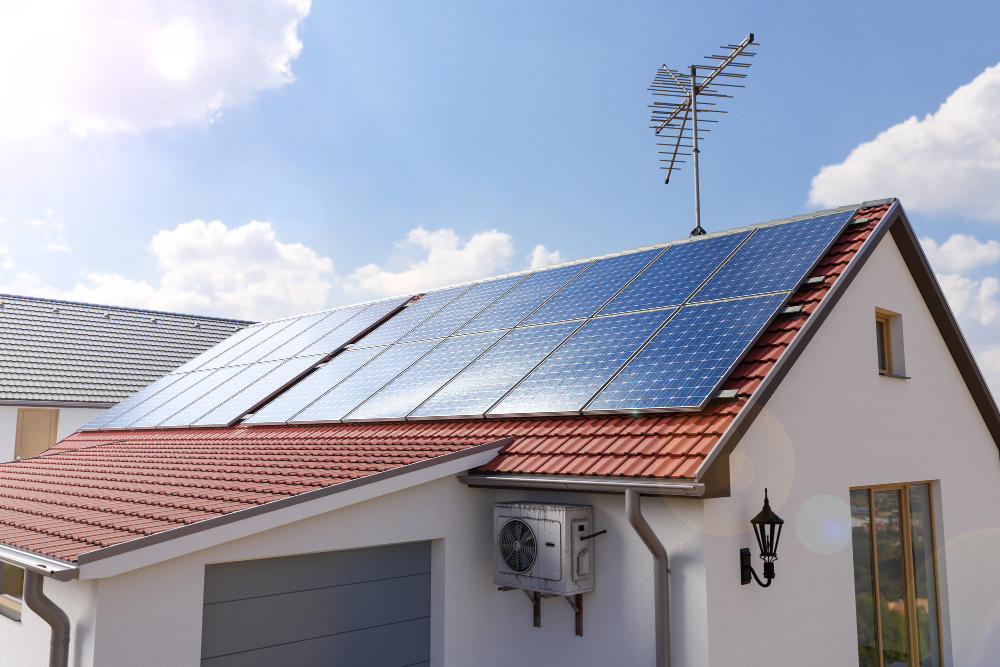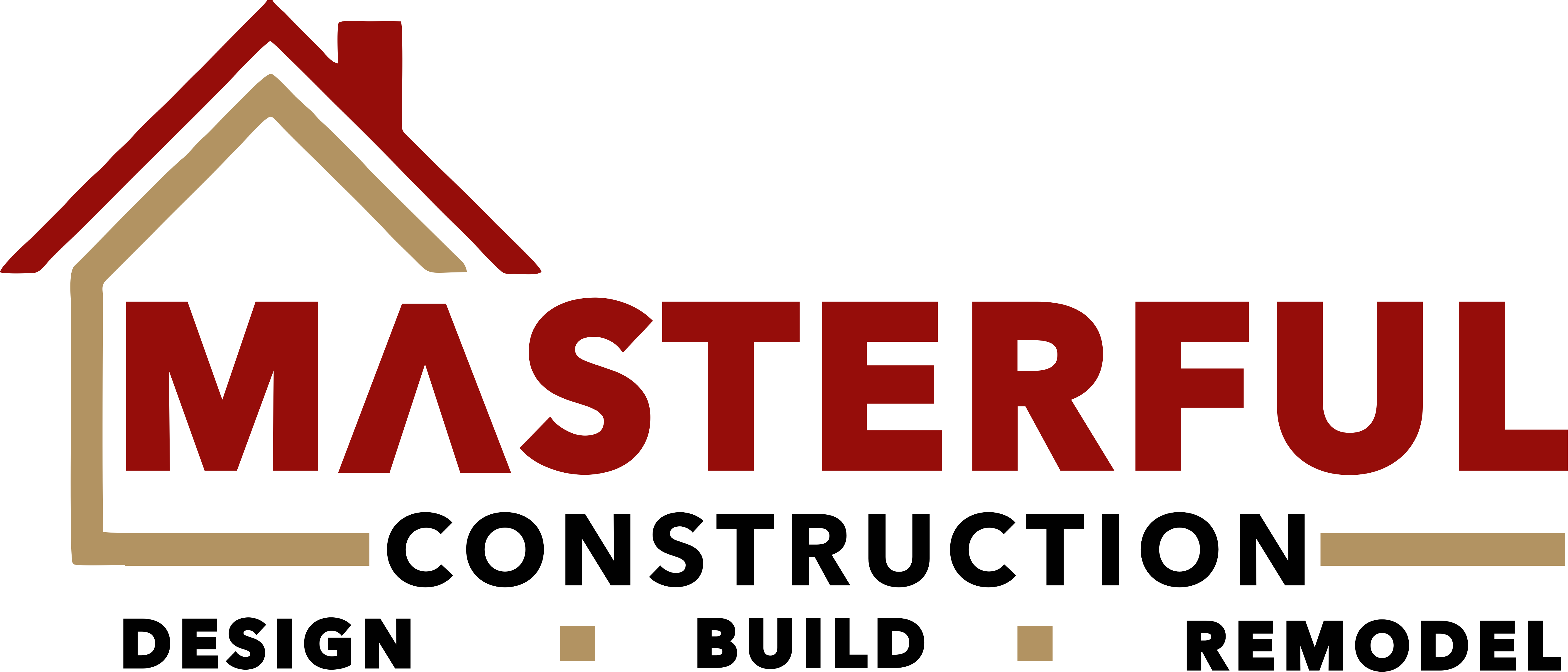Green remodeling represents a sustainable and energy-efficient approach to home renovations. It emphasizes reduced environmental impacts and improved indoor air quality, ensuring healthier homes that save on utility bills. This comprehensive guide explores key concepts and techniques for green remodeling, designed to help homeowners incorporate eco-friendly solutions into their homes.
Understanding the Basics of Green Remodeling
What is Green Remodeling?
Green remodeling is the process of renovating or upgrading your home in a way that reduces its environmental impact, improves its energy efficiency, and creates a healthier living environment. It encompasses using sustainable materials, energy-efficient appliances, and innovative design approaches.
Benefits of Green Remodeling
The benefits of green remodeling extend beyond environmental conservation. It can significantly reduce energy costs, improve indoor air quality, increase the home’s value, and contribute to global sustainability efforts. By leveraging sustainable practices, homeowners can experience long-term economic and environmental benefits.
Eco-Friendly Solutions for Your Home
Energy-Efficient Appliances
Investing in energy-efficient appliances is a cornerstone of green remodeling. Energy Star-rated devices use less power and water, translating to lower utility bills and a smaller carbon footprint. Consider replacing old appliances such as refrigerators, washing machines, and air conditioning units.

Sustainable Building Materials
When remodeling, prioritize sustainable, recycled, or upcycled materials. Bamboo flooring, reclaimed wood, and recycled metal or glass are all excellent choices. Additionally, low-VOC (volatile organic compounds) paint reduces harmful air emissions.
Efficient Lighting
Switching to LED or CFL lighting can significantly reduce energy consumption. These bulbs last longer than traditional ones, reducing waste. Consider incorporating natural light through the strategic placement of windows and skylights.
Green Remodeling Design Concepts
Insulation and Energy Efficiency
Proper insulation is crucial for maintaining a home’s temperature, thereby reducing the need for artificial heating or cooling. Green insulation options include cellulose, wool, or recycled denim.
Water Conservation
Consider installing low-flow showerheads, dual-flush toilets, and aerated faucets to conserve water. Rainwater harvesting systems and greywater recycling can also contribute to significant water savings.
Landscaping
Eco-friendly landscaping can contribute to your home’s green remodeling. Native plants require less water and upkeep. Also, consider creating rain gardens to reduce runoff and increase groundwater recharge.
The Green Remodeling Process
Ensure your green remodeling journey is systematic and efficient. Start by conducting an energy audit to identify energy leaks and inefficiencies. Following that, draft a plan, outlining your goals, budget, and timeline. Ensure you hire professionals experienced in green remodeling to achieve optimal results.
Conclusion: Embracing Green Remodeling
Green remodeling offers a promising solution to environmental conservation, energy savings, and improved living conditions. While it might require initial investments, the long-term benefits make it a worthy consideration. By incorporating eco-friendly practices into home renovation, homeowners can contribute significantly to creating a sustainable future.

